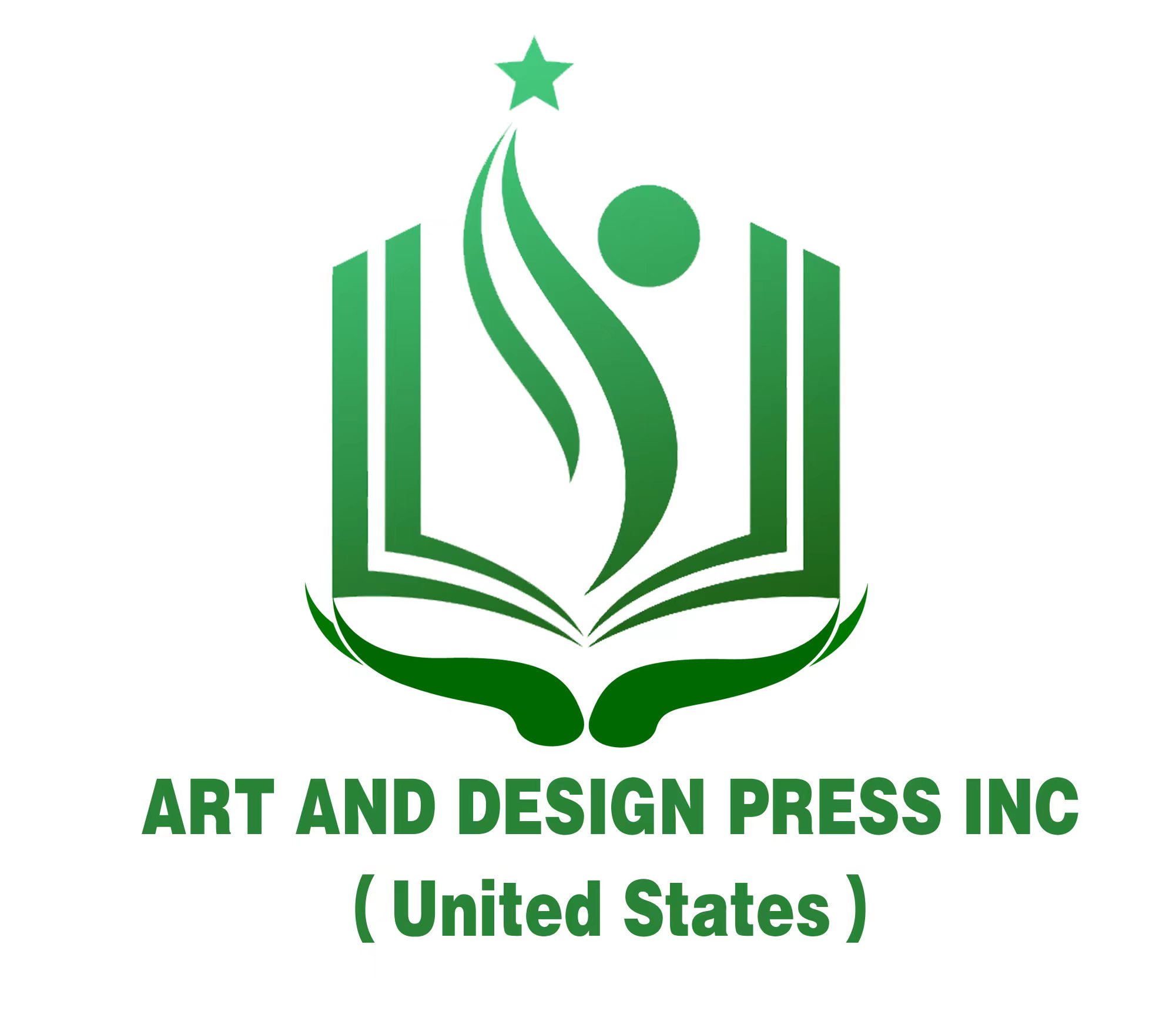Solar Spectral Beam Splitting Performance and Regulation Study on Aluminum-Based Nanofluid

This study aims to match the splitting characteristics of the nanofluid with the photovoltaic response and thus improve the efficiency of the concentrating photovoltaic thermal (CPV/T) system. In this paper, the optical properties of aluminum (Al) nanoparticles are investigated by using the finite-difference time-domain method, and it is found that changing the particle size can achieve the modulation of the extinction properties of nanoparticles, including the extinction intensity and resonance peak range. To optimize the optical properties of Al nanoparticles and to solve the problem of their easy oxidation, the extinction properties of Al@Ag nanoparticles with different shell thicknesses were designed and analyzed. It was found that the extinction ability of the particles with core-shell structure was enhanced. When Al and Al@Ag nanoparticles are dispersed into water to form nanofluid, the transmittance is effectively reduced in the short wavelength band compared to pure water. The core-shell structure can reduce the transmittance by up to 13% and 10% in the 350–650nm band compared with the pure Al particles of 50nm and 60nm particle size, and has almost no effect on the transmittance in the photovoltaic window (640–1080nm). Therefore, the efficiency of the CPV/T system can be effectively improved by the regulation of Al nanoparticles.
[1] Xu YF, Wu SM, Li YJ, 2022, Research Progress of CaO-CO2 Thermochemical Heat Storage Technology for Concentrated Solar Power Plant. Power Generation Technology, 43(5):740–747.
[2] Li YF, Zhang T, Zhang H, et al., 2022, Efficient and Comprehensive Photovoltaic/Photothermal Utilization Technologies for Solar Energy. Power Generation Technology, 43(3): 373–391.
[3] Makki A, Omer S, Sabir H, 2015, Advancements in Hybrid Photovoltaic Systems for Enhanced Solar Cells Performance. Renewable and Sustainable Energy Reviews, 2015(41):658–684.
[4] Ju X, Xu C, Han X, et al., 2017, A Review of the Concentrated Photovoltaic/Thermal (CPV/T) Hybrid Solar Systems Based on the Spectral Beam Splitting Technology Applied Energy, 2017(187): 534–563.
[5] Mojiri A, Taylor R, Thomsen E, et al., 2013, Spectral Beam Splitting for Efficient Conversion of Solar Energy— A Review. Renewable and Sustainable Energy Reviews, 2013(28): 654–663.
[6] Brekke N, Dale J, DeJarnette D, et al., 2018, Detailed Performance Model of a Hybrid Photovoltaic/Thermal System Utilizing Selective Spectral Nanofluid Absorption. Renewable Energy, 2018(123): 683–693.
[7] Xiao Y, Niu WZ, Wei GS, et al., 2022, Review on Research Status and Developing Tendency of Solar Photovoltaic/Thermal Technology. Power Generation Technology, 43(3): 392–404.
[8] Joshi SS, Dhoble AS, Sathe T, et al., 2018, Performance Analysis of Photovoltaic Thermal System using Silicone Oil Spectrum Filter. Applied Solar Energy, 2018(54): 4–9.
[9] Imenes AG, Mills DR, 2004, Spectral Beam Splitting Technology for Increased Conversion Efficiency in Solar Concentrating Systems: A Review. Solar Energy Materials and Solar Cells, 2004(84): 19–69.
[10] Chauhan A, Tyagi VV, Anand S, 2018, Futuristic Approach for Thermal Management in Solar PV/Thermal Systems with Possible Applications. Energy conversion and management, 2018(163): 314–354.
[11] Li BY, 2022, Study on the Characteristics of Combined Photovoltaic and Thermoelectric Power Generation via Nanofluid Spectral Splitting, thesis, School of Energy and Power Engineering, Northeast Electric Power University, Jilin, China, 2022.
[12] Ahmad T, Wani IA, Ahmed J, et al., 2013, Effect of Gold Ion Concentration on Size and Properties of Gold Nanoparticles in TritonX-100 Based Inverse Microemulsions. Applied Nanoscience, 2013(4): 491–498.
[13] Hao F, Nordlander P, 2007, Efficient Dielectric Function for FDTD Simulation of the Optical Properties of Silver and Gold Nanoparticles. Chemical Physics Letters, 2007(446):115–118.
[14] Wang TM, Tang GH, 2019, Theoretical and Experimental Study on the Extinction Properties of Silver Nanoparticles. Journal of Engineering Thermophysics, 40(3).
[15] Sosa IO, Noguez C, Barrera RG, 2003, Optical Properties of Metal Nanoparticles with Arbitrary Shapes. The Journal of Physical Chemistry B, 107(26): 6269–6275.
[16] Bhatia P, Verma SS, Sinha MM, 2021, Optical Absorption Analysis of Core-Shell Type Ni@Ag/Au & NiFe@Ag/Au Magneto-Plasmonic Nanostructures. Journal of Quantitative Spectroscopy and Radiative Transfer, 2021(268): 107646.
[17] Wang Q, Yang L, Zhao N, et al., 2023, A Review of Applications of Plasmonic and Conventional Nanofluids in Solar Heat Collection. Applied Thermal Engineering,2023(219): 119476.
[18] Liu Y, Sun G, Wu D, et al., 2019, Investigation on the Correlation Between Solar Absorption and the Size of Non-Metallic Nanoparticles. Journal of Nanoparticle Research, 2019(21): 1–10.
[19] Hong WP, Lan JR, Li HR, et al., 2021, Reversal Behavior of Optical Absorption Rate of Bimetallic Core-Shell Nanoparticles Based on Finite-Difference Time-Domain Method.” Acta Physica Sinica, 70(20): 207801.
[20] Chen XY, Chen MJ, Zhou P, et al., 2023, Enhancing Solar Absorption Performance of Nanofluids by Tuning Scattering Effect. Journal of Engineering Thermophysics, 44(2).
[21] Weber MJ, 2003, Handbook of Optical Materials, CRC Press, New York.
[22] Huang J, Han X, Zhao X, et al., 2022, The Stability, Optical Behavior Optimization of Ag@SiO2 Nanofluids and their Application in Spectral Splitting Photovoltaic/Thermal Receivers. Renewable Energy, 2022(190): 865–878.
[23] Looser R, Vivar M, Everett V, 2014, Spectral Characterization and Long-Term Performance Analysis of Various Commercial Heat Transfer Fluids (HTF) as Direct-Absorption Filters for CPV-T Beam-Splitting Applications. Applied Energy, 2014(113): 1496–1511.

